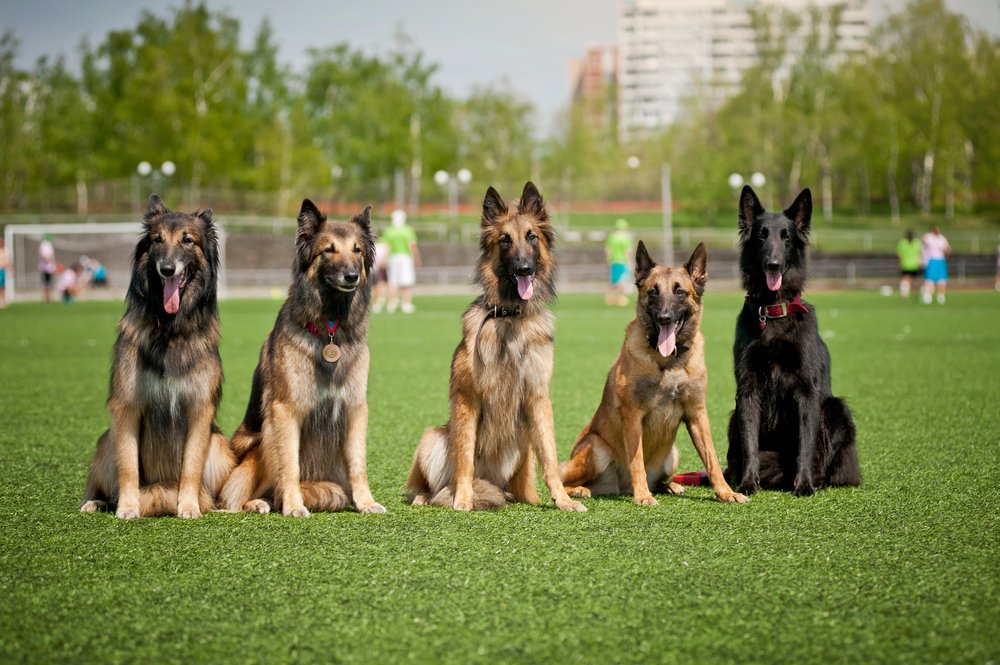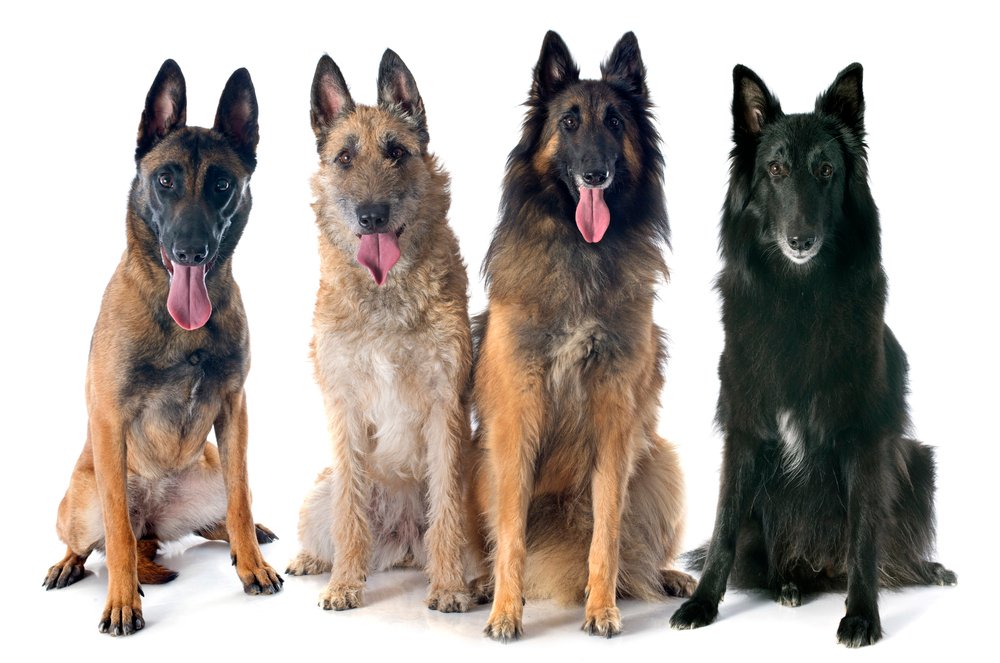Belgian dog breeds are renowned for their intelligence, agility, and versatility, particularly when it comes to working breeds. Among these are the Belgian Malinois and the Belgian Shepherd, both prominent in various fields such as police work, search and rescue, and as beloved family pets. Despite their similar origins, these two breeds have distinct characteristics that set them apart. This article delves into the differences between the Belgian Malinois and Belgian Shepherd, offering insights into their appearances, temperaments, and uses.
Historical Background and Origins

The Belgian Malinois and Belgian Shepherd share a common origin in Belgium, where they were initially bred as herding dogs. The term “Belgian Shepherd” refers to a group of four distinct breeds: the Malinois, Tervuren, Laekenois, and Groenendael, all of which were officially recognized near the end of the 19th century. The Malinois, in particular, was named after the town of Malines and has since distinguished itself as a versatile working dog. Each breed in the Belgian Shepherd family has its own specific traits yet shares genetic similarities.
Physical Appearance and Coat Differences

The Belgian Malinois and Belgian Shepherd breeds are similar in size and general structure, but they differ significantly in coat type and texture. The Malinois has a short, straight, weather-resistant coat that lies close to the body, typically in shades of fawn with black mask markings. In contrast, the Belgian Shepherd Groenendael, for example, stands out with its long, flowing black coat. Other members of the Belgian Shepherd grouping, like the Tervuren and Laekenois, showcase medium to long coats with different colors and textures.
Temperament and Behavioral Traits

Both the Belgian Malinois and Belgian Shepherds are known for their intelligence, loyalty, and high energy levels, making them excellent candidates for work and companionship. The Malinois is often described as more intense and drive-oriented, thriving in environments that require focus and decision-making. The Belgian Shepherd breeds, while equally intelligent and active, may exhibit more variation in temperament due to their diverse backgrounds. Tervurens, for instance, are known to be sensitive yet protective, while the Laekenois is often seen as more playful and affectionate.
Training and Exercise Needs

These breeds are highly trainable, benefitting from consistent and structured training methods. The Belgian Malinois has become a favored choice for military and police work due to its strong work ethic and desire to please. Intensive and varied physical exercise is crucial for the Malinois to maintain both physical health and mental well-being. Belgian Shepherds, while similar in their needs for exercise and training, may not require the level of intensity or specificity that a Malinois demands. However, all Belgian dogs thrive in environments where they are mentally stimulated and physically active.
Uses and Roles Today

The roles of the Belgian Malinois and Belgian Shepherd have expanded well beyond their original roots as herding dogs. Nowadays, the Malinois is a preferred breed in disciplines like police work, protection, and competitive dog sports. Belgian Shepherds such as the Tervuren and Groenendael have also found popularity in obedience competitions, agility courses, and as therapy dogs. Their versatility and adaptability are testaments to the breeds’ intelligence and capability in various roles, from family guardians to professional working dogs.
Health Considerations

While both breeds generally enjoy robust health, potential owners should be aware of hereditary conditions that can affect these dogs. Common concerns include hip dysplasia, elbow dysplasia, and eye conditions prevalent across many purebred lines. Regular veterinary check-ups, a balanced diet, and maintaining an active lifestyle contribute significantly to the health and longevity of both the Belgian Malinois and Belgian Shepherd. Prospective owners are encouraged to obtain these dogs through reputable breeders who conduct health screenings on their breeding stock.
Choosing the Right Breed for You

Choosing between a Belgian Malinois and a Belgian Shepherd largely depends on your lifestyle and expectations for a canine companion. A Malinois may be ideal for those seeking a high-energy, protective, and driven dog suitable for rigorous work or highly active family life. On the other hand, a Belgian Shepherd in its various forms might better suit individuals or families looking for a loyal, intelligent pet with slightly varied energy levels and temperaments. Both breeds can excel in the right environment, offering their owners companionship, loyalty, and years of enjoyment.
Conclusion

Both the Belgian Malinois and Belgian Shepherds are exceptional breeds known for their intelligence, loyalty, and versatility. While they share a common ancestry, the distinct characteristics of each breed—ranging from physical appearance to temperamental traits—highlight the diversity within the Belgian dog breed family. Understanding these differences is key to choosing the right dog that matches your lifestyle and preferences. Regardless of the choice, owners of these breeds will find devoted, energetic companions ready for adventure and companionship.

Andrew Alpin from India is the Brand Manager of Doggo digest. Andrew is an experienced content specialist and social media manager with a passion for writing. His forte includes health and wellness, Travel, Animals, and Nature. A nature nomad, Andrew is obsessed with mountains and loves high-altitude trekking. He has been on several Himalayan treks in India including the Everest Base Camp in Nepal.






